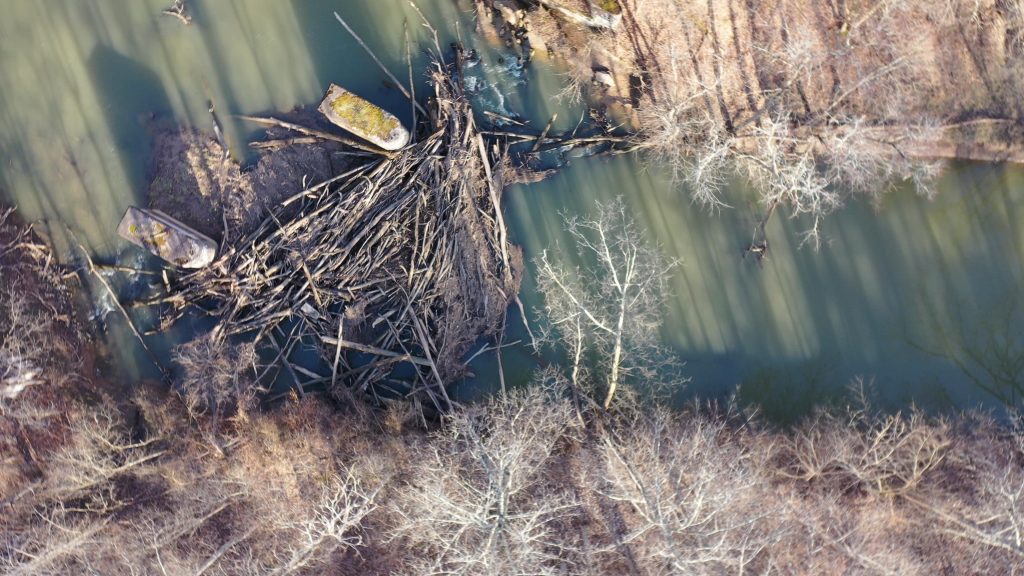Identifying Hazards In The Waterway
As the floating season rapidly approaches, it is important to remember that rivers, creeks, streams, etc. are constantly changing. While we try to identify all of the factors which can impact the waterway, we can never account for everything.
This year we have already seen strong storms which have produced high winds and tornadoes across much of the US. These storms have contributed to additional debris in our beloved waterways. Now this debris poses a risk to recreators.
There are three main types of hazards you may encounter on the water. Strainers, Snags, and Sweepers. Strainers are hazards that block the waterway for large objects such as boats and people, but allows water to pass through. Think of draining water from your favorite mac and cheese. Strainers are often the most dangerous because they often have the ability to entangle people and equipment in the debris making it difficult or even impossible to break free.
Sweepers are low hanging branches which can knock a person from their favorite flotation device. Sweepers are usually less dangerous than strainers because most sweepers don’t cause entanglement. However, they can still cause capsizing and can lead to the loss of gear and anything else you may have with you.
Snags are seldom an issue unless you have to get out of your watercraft and portage or if you capsize. Snags are dangerous because they are hidden. Lurking anywhere from the bed of the waterway to just beneath the surface, snags can cause a sudden change in the movement of your watercraft, catch any loose lines you may have hanging off your boat, or may cause entanglement of body parts. Snags can quickly become serious concerns if your foot gets caught while out of the boat, especially if you fall into the water and are beneath the surface.
By understanding the types of hazards you might encounter while on the water, you can be better prepared for your next adventure. Additionally, you can help keep others safe and possibly save a life by reporting hazards to our public database. Click the “Report a Hazard” button in the menu bar at the top of this page, or follow this link riverrangers.org/hazards
We need your help to keep waterways safe and clean. Remember to stay safe, always wear a properly fitted PFD, and have a plan.

